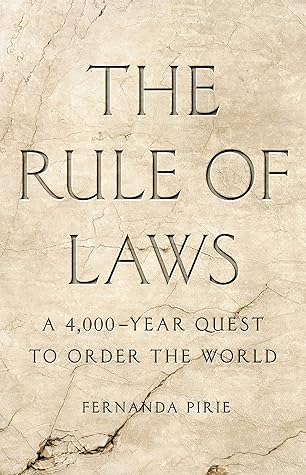The judges now began to talk of ‘reasonable doubt’ as the test that juries should use when deciding their verdicts.40 They would direct jurors that it was their duty to convict if all the ‘moral probabilities’ of the evidence was against the accused and they had no ‘reasonable doubts’ about the facts. This not only protected the accused but also reassured jurors that they could convict with a clear conscience if the evidence was, in their judgement, sufficiently strong.
Welcome back. Just a moment while we sign you in to your Goodreads account.


